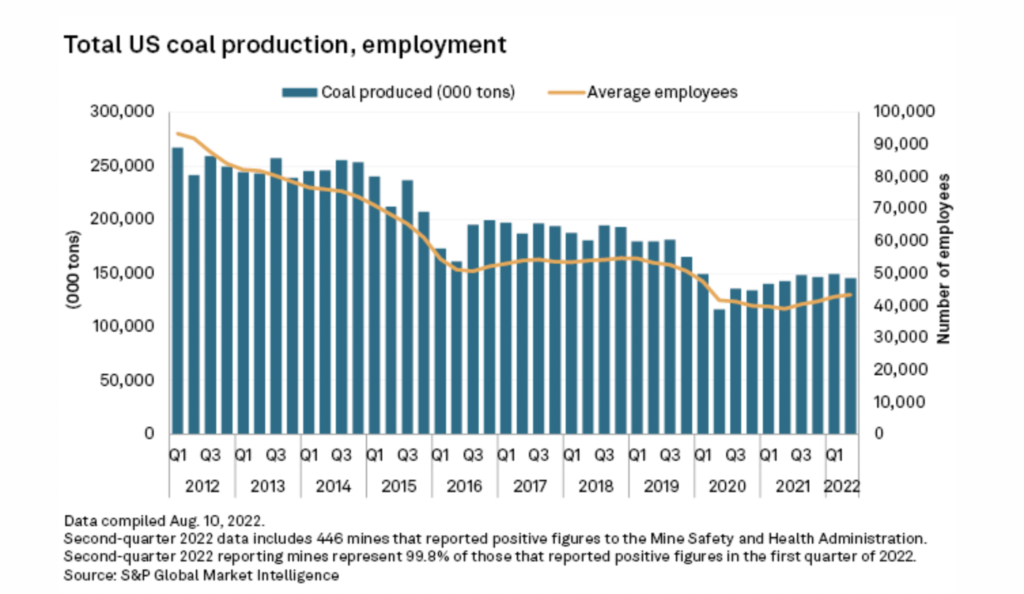How We Can Give People The Range They Want Without Depleting Battery Supplies


A piece by my colleague Carolyn Fortuna earlier this month got me to thinking about how we can solve a huge conundrum in the EV industry.
On the one hand, people want range. Like in Texas, we Americans think bigger is always better. Less isn’t more. More is more! And pile some more on top just to be sure. Can we get by with a 1,200 sq. ft. home? Sure. But why not go for 2,500 feet? Or 5,000? After all, only idiot millennials are “killing the guestroom” (largely because Boomernomics killed the good economy that would have allowed them to have a guestroom).
Is a 200-mile EV good enough? Hell no! We might need to take a roadwarrior trip someday, and any vehicle we buy needs to have at least 300 miles of range. That’s still probably not enough though. I mean, sure, nearly everyone drives less than 50 miles daily, so an 80-mile EV that can charge nightly would be enough.
On the other hand, if everyone currently driving a car bought an EV with a 75 kWh battery pack, we’d be in a real mess. Rising prices from materials shortages and geopolitical strife are already causing what was once falling prices to rebound. Predictions that EVs would reach cost parity by now didn’t factor in that people in industry didn’t secure enough supply from friendly sources to get prices down. And, this is happening with only a single-digit percentage of US sales being battery EVs.
This could derail the whole EV transition or delay it severely. There needs to be affordable and desirable EVs, and we’re not on track to do that.
I Don’t Think We’ll Convince Drivers That They Can Get By With 2011 LEAF Range
The obvious, sensible thing for most people would be to get a car with about double what they need in a given day. That way, they’ll cover all of their normal driving, and have plenty for those unusual days, too. The only thing an 80-mile EV wouldn’t cover for most people is that long, long tail of road trips.
But, people didn’t go for those EVs when they were widely offered. Sure, us enthusiasts bought first-gen LEAFs, Chevy Spark EVs, and Ford Focus Electrics, but production was limited (compliance cars) because automakers really didn’t want to sell them, but needed the credits to keep building pickups and SUVs, which was the real bread and butter.
But, that doesn’t mean there was nobody excited about building EVs and that nobody was excited about buying them. While other manufacturers were messing around with compliance cars, Tesla was busy building what people said they wanted, and it sold every EV it made. Tesla couldn’t make them fast enough. It STILL can’t make them fast enough, despite raising the price several times.
So, clearly, we’re not going to win that argument. We must find alternative approaches to solving the paradox here.
Ways We Can Give People Their Range Without Depleting The Battery Supply
If we’re not going to convince people to give up range that they usually don’t need, we’re going to need to figure out ways to provide the desired range without using so much battery. Let’s look at a few approaches:
One possibility is to give people the 300 miles of range with smaller batteries through efficiency. For example, the first versions of the Aptera off the line are going to come with battery packs of about 40 kWh. That much battery in a Nissan LEAF gives you around 150 miles of EPA-rated range. But, in the sleek Aptera, you can get up to 400 miles. That solves the problem nicely, but it comes at the cost of making the car a 2-seater and giving it very, very unconventional styling. So, that’s probably not going to be the solution all by itself.
Another possibility is battery swapping. Nio (蔚来) already does this in China, and is starting to do it in Europe, but it is swapping a large battery pack for another large one. To solve the range/supply conundrum, we’d need to tweak this a bit. Sell cars with small packs that suffice for local driving, but have a few stations one can go to for a swap to get a bigger pack for road trips.
There would be challenges to this approach, especially for vehicle suspensions, but that can be solved. The expensive option would be to put in a computer-controlled air bag suspension. The cheap option would be to just put some dead weight in the smaller pack so that the short range pack and the long range pack have similar weights and weight distribution.
Another option would be to commit some serious heresy and use a range extender. I’ve talked about this quite a bit here, but the idea is that you can’t put in a normal ICE engine. A good REx car should be like the BMW i3 REx, or the upcoming Mazda with the small rotary range extender. The range extender needs to be light, small, and hopefully run smoothly. It’s only there to support highway driving, not to power the whole car for city driving on its own.
Fixing Transit & Mass Travel
Outside of the car, there are improvements that can be made to encourage more long-distance travel with planes, trains, and buses. Let’s start with why Americans don’t like those options much:
[embedded content]For many of us, we’d rather be humiliated and violated like the IT Bike does than go through the security theater at the airport and be treated like cattle. I’d personally rather drive 2,000 miles than fly because I have control over my trip, my luggage, and my body the entire time. The same can’t really be said for Greyhound, Amtrak, or the airlines. There’s only limited respect for personal autonomy, and no respect for privacy whatsoever (nude scanners are a great example of the problem here, but there are other great examples).
Serious transportation reform that cuts back on the nonsense and makes mass travel more respectful of customers human rights would go a long way toward getting people to not think the car is needed for their road trips.
But, how we’d fix the things that make mass travel unpalatable to many people is beyond the scope of this article. Feel free to discuss this further in the comments!
Featured image: A screenshot from the myChevrolet app showing how far my car could go on a partial charge.
Appreciate CleanTechnica’s originality and cleantech news coverage? Consider becoming a CleanTechnica Member, Supporter, Technician, or Ambassador — or a patron on Patreon.
Don’t want to miss a cleantech story? Sign up for daily news updates from CleanTechnica on email. Or follow us on Google News!
Have a tip for CleanTechnica, want to advertise, or want to suggest a guest for our CleanTech Talk podcast? Contact us here.
Advertisement
This post has been syndicated from a third-party source. View the original article here.




